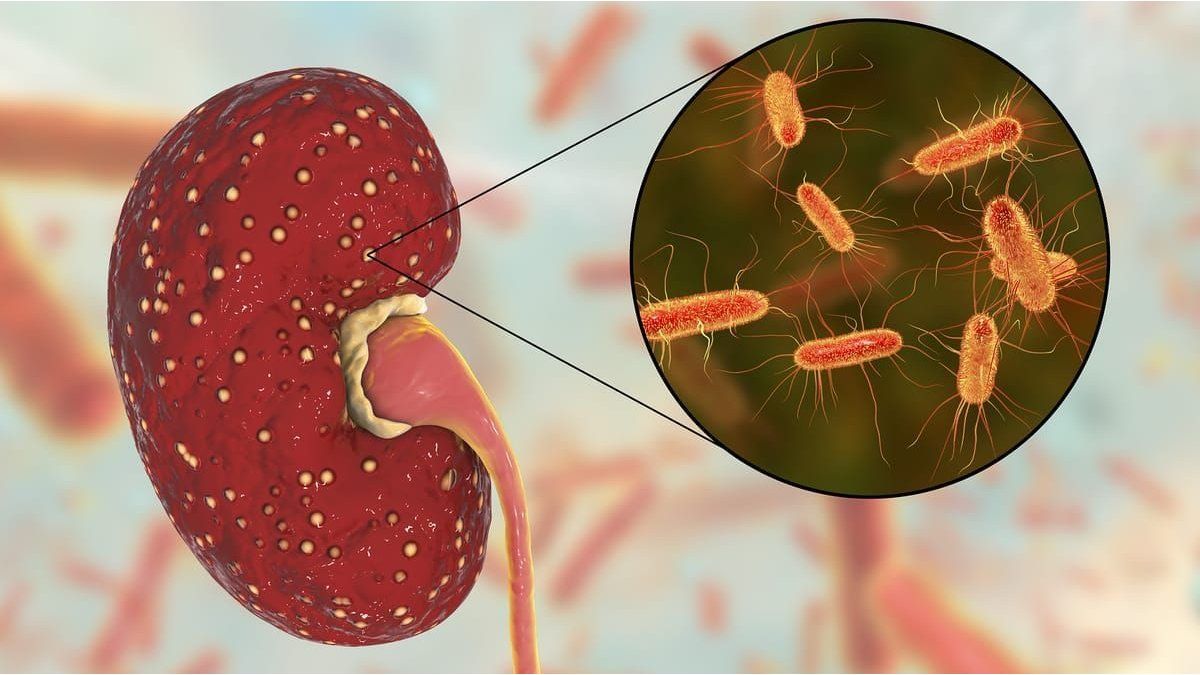August 19 is the National Day of the Fight against Hemolytic Uremic Syndrome (HUS). This date was established by Law 26,926 with the purpose of raising awareness about this serious Foodborne Disease (ETA) and promoting actions that contribute to its prevention.
In the country, there are between 10 and 12 cases per 100,000 children under five years of age, with around 250 new cases reported annually, according to the Argentine Pediatric Society.
The content you want to access is exclusive for subscribers.
Hemolytic Uremic Syndrome is the leading cause of acute renal failure in infants and young children and the second cause of chronic kidney disease in Argentina. with the highest incidence rate in the world among girls and boys.


It is a disease transmitted by the ingestion of water or food contaminated by a bacteria called Escherichia Coli which can survive 3 months at refrigerator temperature and 6 months inside a freezer. Our country shows the highest number of pediatric cases per year worldwide, affecting mainly children under 5 years of age.
The main way of transmitting this disease is the consumption of undercooked meat. For this reason, it is essential that when eating meat it is well cooked, has an even colour and does not release juice; that is, to ensure that the heat eliminates the bacteria, preventing it from entering the body. For this reason, minced meat is a particularly dangerous food. When minced, the bacteria move from the surface of the meat to the inside of the product and find a suitable medium to facilitate its reproduction, making it an ideal vehicle for spreading the disease. For this reason, it is important to subject hamburgers, fillings or meatballs to a good cooking at 75 º C until the juices disappear to eliminate the bacterial load, and to avoid its consumption by children under 5 years of age.
In addition, there are other sources of infection such as: ingestion of spoiled water or food, contact with unhygienic hands (person-to-person transmission) or bathing in contaminated water.
How to prevent it (some of the recommended action guidelines):
- Maintain the cold chain of food.
- Cook meat thoroughly. Pay particular attention to ensure that it is well cooked, has a uniform colour and does not release juices. The bacteria is destroyed at 70ºC.
- Avoid consumption of minced meat in children under 5 years of age.
- Clean your hands properly with soap and water before coming into contact with food, after going to the bathroom or changing diapers.
- Store food in the refrigerator or freezer.
- Defrost meat in the refrigerator.
- Cook food properly and wash vegetables well.
- Separate raw foods from cooked foods and use different cutting boards or cutting areas for meat and vegetables.
- Wash all foods with drinking water before eating.
- Drink clean water.
- Consume pasteurized and properly refrigerated dairy products.
The first symptoms that appear with this disease are: watery diarrhea, followed by the presence of blood, vomiting and fever. This condition can lead to acute kidney failure, anemia, decreased blood platelets, decreased urine production, high blood pressure and neurological symptoms. From the moment the bacteria enters the body through water or food, 3 or 4 days may pass before symptoms appear. If any of these signs appear, it is essential to consult a doctor in order to make an early diagnosis and symptomatic treatment.
The Dr. Valeria Lopez Gironsa pediatrician at Ospedyc, mentions that “this disease does not have a specific treatment, but rather the symptoms must be treated. Therefore, the most important thing is prevention by taking extreme care of hygiene and proper cooking of food, which must be done at all times and taking into account that the diagnosis can appear at any time of the year and is not related to a specific climate.”
More than 60% of those who suffer from this disease recover without sequelae, 30% remain with minor sequelae and 5% develop kidney failure; therefore, to protect against hemolytic uremic syndrome it is essential to prevent the bacteria from entering the body, and if the aforementioned care is followed, the necessary tools are available to reduce the risks of this disease.
Source: Ambito
I am an author and journalist who has worked in the entertainment industry for over a decade. I currently work as a news editor at a major news website, and my focus is on covering the latest trends in entertainment. I also write occasional pieces for other outlets, and have authored two books about the entertainment industry.




